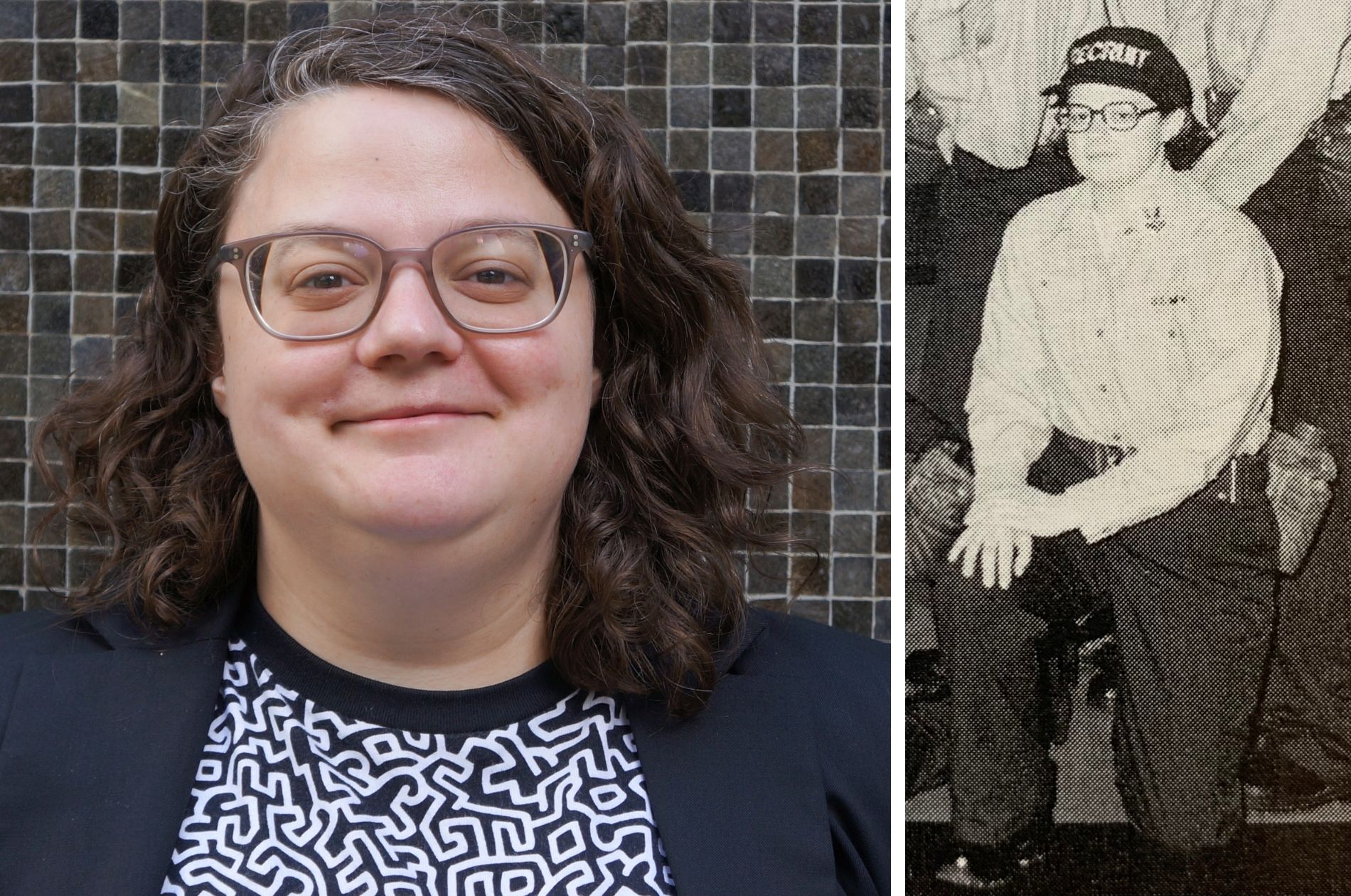In recognition of U.S. Veterans Day (Nov. 11), Anastasia Pek, a design professional in our San Francisco office, shares how her military service shaped her life and career.
I enlisted in the U.S. Navy in 2004 after a year in college and not really knowing what I wanted to do. Upon completion of boot camp and technical training, I reported aboard the USS Mustin, a newly commissioned Arleigh Burke-class destroyer. After a quick tour around the decks, the chief greeted us with a hearty, “Welcome aboard! We are deploying to the Gulf in a month.”
You can’t really train or prepare for what it feels like to be deployed for seven months on a narrow, 500-ft.-long vessel. (Although after the time we have all spent in COVID-19 lockdown, it’s probably a bit easier to imagine.) The main difference between working from home and working on a ship is that on a ship you are surrounded by nothing but water. This type of isolation is unique to sailors. In this confined setting, you become intimately acquainted with your vessel and the spaces you inhabit for weeks on end. You recognize the good and bad elements of design.
You spend time thinking about how there is nowhere to sit in the berthing to tie your shoes, how narrow a passageway is and how annoying that piece of pipe bracing is that sticks out of the bulkhead and rips holes in your pants as you walk by. After a few months of adapting to these inconveniences, it clicked that I could design better spaces myself. So I did. After my enlistment ended in 2008, I reenrolled in college and graduated a few years later with a degree in architecture.
Beyond pointing me toward my career as an architect, the Navy taught me many other life skills. How to tie a good knot, how to keep your boots polished until you can see your reflection and how to tuck the corners of a bed sheet so tight it can be opened only with a knife. But seriously, the most important thing you learn in service is the value of teamwork.
It doesn’t matter what is going on in the world, if you had an argument with someone back home, how tired you are from standing the midnight watch or the gender, race or creed of the person next to you. In the middle of the ocean you must rely on each other. You learn to put aside everything else to come together, take care of each other and complete the mission. At the end of the day, what matters is that—together—we get the job done.
These teamwork skills have translated directly into my work in architecture at HOK. Just like in the military, our practice relies greatly on collaboration—both in the office and in the field. We rely on the contributions of many leaders to improve a design and create more informed, inclusive environments.
